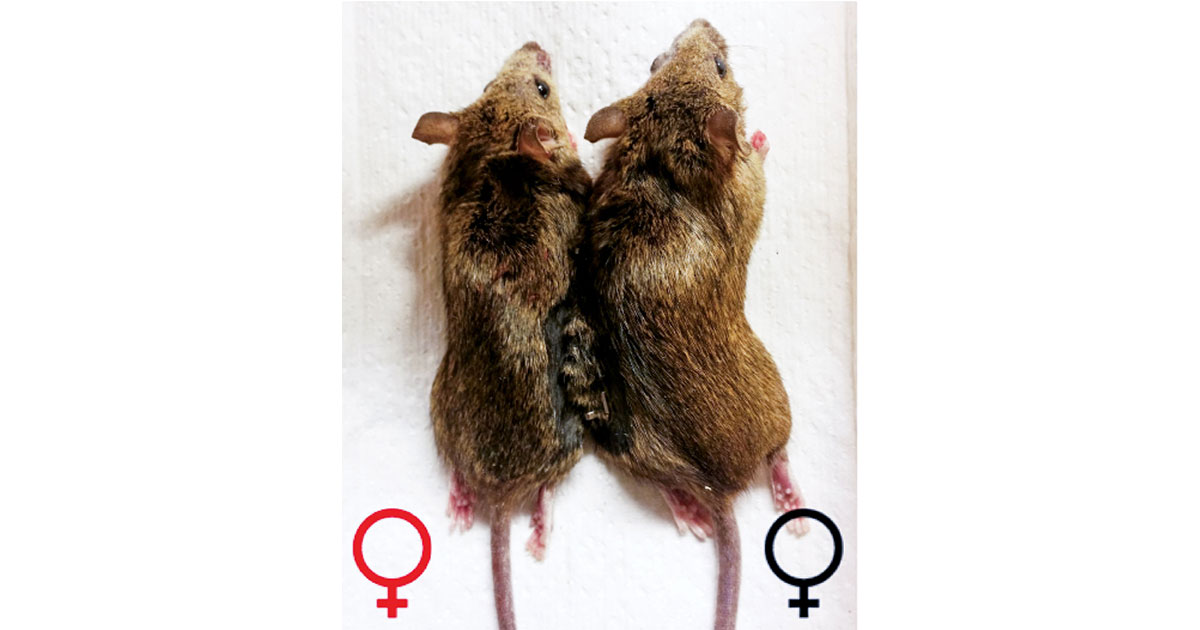Advertisement
Grab your lab coat. Let's get started
Welcome!
Welcome!
Create an account below to get 6 C&EN articles per month, receive newsletters and more - all free.
It seems this is your first time logging in online. Please enter the following information to continue.
As an ACS member you automatically get access to this site. All we need is few more details to create your reading experience.
Not you? Sign in with a different account.
Not you? Sign in with a different account.
ERROR 1
ERROR 1
ERROR 2
ERROR 2
ERROR 2
ERROR 2
ERROR 2
Password and Confirm password must match.
If you have an ACS member number, please enter it here so we can link this account to your membership. (optional)
ERROR 2
ACS values your privacy. By submitting your information, you are gaining access to C&EN and subscribing to our weekly newsletter. We use the information you provide to make your reading experience better, and we will never sell your data to third party members.
Biological Chemistry
Infectious Prions Mutate Structurally
Researchers have discovered that misfolded prions can refold, suggesting a new approach to drug design
by Stuart A. Borman
January 11, 2010
| A version of this story appeared in
Volume 88, Issue 2
Conversion of normal prion protein into a misfolded, infectious form has generally been viewed as a one-to-one process in which each strain of prion protein misfolds into a specific form. But in unexpected findings with implications for drug design, researchers have discovered that misfolded prions can refold and thus evolve structurally. Charles Weissmann and coworkers of Scripps Florida report that prions from infected brain cells change their properties, and by implication their structures, when transferred to cultured cells and then change further when transferred back (Science, DOI: 10.1126/science.1183218). They also found that, in the presence of the prion-inhibiting drug swainsonine, infectious prions evolve into a drug-resistant form. Prion diseases such as mad cow disease and Creutzfeldt-Jakob disease in people are lethal and incurable, so drugs to fight the conditions are being sought. Weissmann and coworkers suggest that in view of the newfound ability of infectious prions to mutate and potentially evade drugs designed against them, it might be best to design drugs that target normal prion protein instead of the shape-shifting infectious forms.




Join the conversation
Contact the reporter
Submit a Letter to the Editor for publication
Engage with us on Twitter